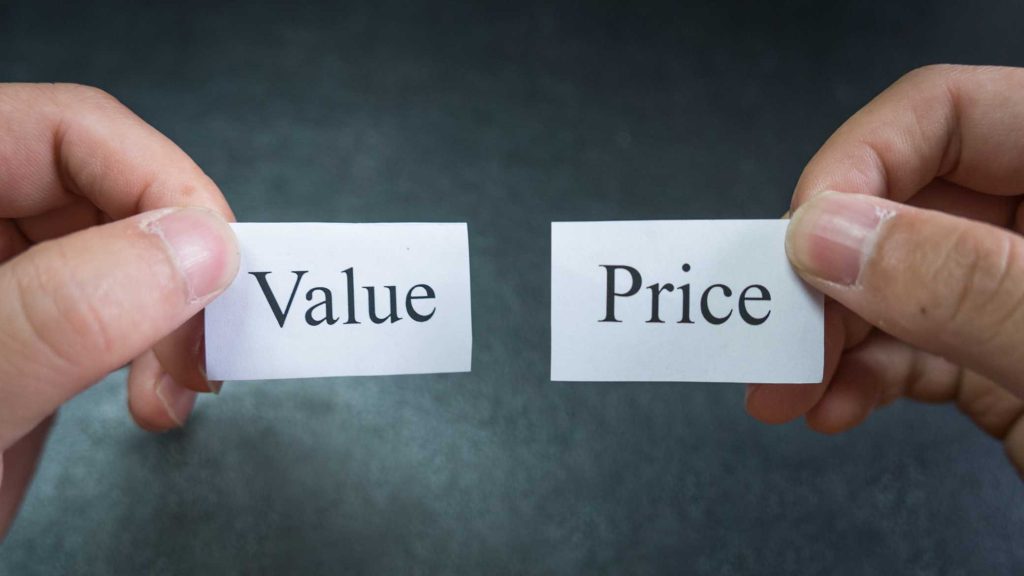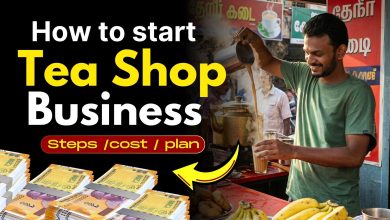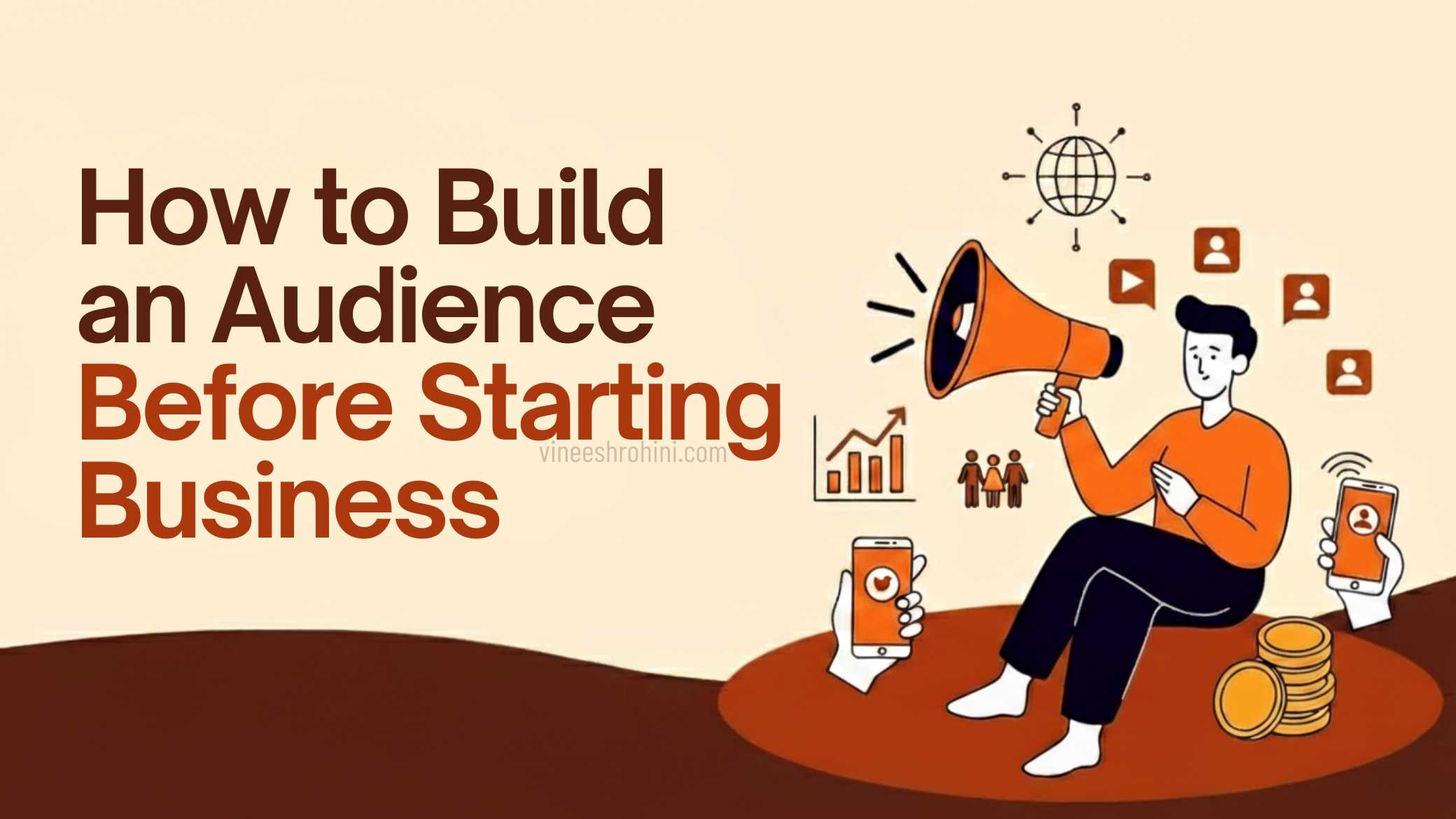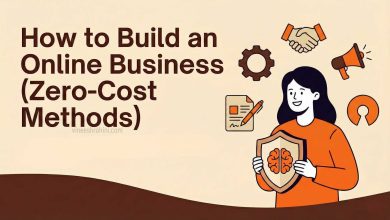How to Price Products for Your Ecommerce Store : Comprehensive Guide 2025
How to Price Products : Setting the right price for your ecommerce products can be the difference between rapid growth and constant struggle. As we step into 2025, ecommerce competition is fiercer, consumer behavior is more dynamic, and smart pricing strategies have become essential to stay profitable. Whether you’re launching your first online store or scaling an existing one, this detailed guide will help you understand how to price products for your ecommerce store effectively.
Table of Contents
We’ll dive deep into pricing models, psychological tactics, cost considerations, competitor analysis, and more—with a sharp focus on high-conversion pricing strategies for 2025.
Why Pricing Matters in Ecommerce

In ecommerce, pricing isn’t just about covering costs and adding profit—it influences how customers perceive your brand, how often they purchase, and whether they return. A small pricing error can lead to abandoned carts, poor margins, or undercutting competitors who’ve mastered the pricing game. Proper pricing creates a balance between perceived value and profit margin while aligning with consumer psychology and market trends.
Key Factors That Influence Product Pricing
Before you set any price tag, consider the following critical factors:
- Product Cost: This includes manufacturing, packaging, shipping, taxes, and platform fees.
- Target Audience: Understand what your ideal customer is willing to pay.
- Perceived Value: The emotional and aesthetic appeal of your product.
- Brand Positioning: Premium vs budget-friendly pricing based on your market positioning.
- Competitor Pricing: How similar products are priced in your niche.
- Market Demand: Seasonal trends, urgency, scarcity, and trending product influence.
- Conversion Rates: How different price points affect your cart abandonment or sales volume.
- Platform Fees & Advertising Costs: Factoring in marketing and ecommerce platform expenses.
Also Read : How to Start a Local Services Marketplace Online ?
Top Ecommerce Pricing Strategies for 2025
Let’s explore the most effective pricing strategies tailored for the modern ecommerce entrepreneur.
1. Cost-Plus Pricing
This is the most straightforward pricing method. Simply add a markup to your product cost.
Formula:
Selling Price = Cost Price + Markup Percentage
Pros:
- Simple and predictable.
- Ensures profitability if costs are accurately calculated.
Cons:
- Ignores competitor pricing and customer perception.
- May not be competitive in saturated markets.
When to Use: Ideal for handmade, personalized, or niche items where your production cost is unique.
2. Competitive Pricing
Analyze your direct competitors and price your product slightly below, at par, or slightly above depending on your value proposition.
Tools to Use:
Google Shopping, Jungle Scout, Helium10, Price2Spy
Pros:
- Keeps your pricing aligned with market standards.
- Good for common or commoditized products.
Cons:
- Risk of price wars.
- Doesn’t always account for your individual cost structure.
When to Use: Highly competitive niches like electronics, beauty products, or gadgets.
3. Value-Based Pricing
Price based on how much customers believe your product is worth.
Example: Selling a reusable water bottle not just for its material, but for its eco-friendliness, brand, and design.
Pros:
- Encourages premium branding.
- Maximizes profit margins when done right.
Cons:
- Requires deep understanding of your audience.
- Tough to implement without strong branding.
When to Use: Lifestyle products, DTC brands, or items with emotional or ethical appeal.
4. Psychological Pricing
This tactic uses pricing psychology to influence buyer behavior.
Popular methods:
- Charm Pricing (e.g., ₹499 instead of ₹500)
- Anchor Pricing (showing a higher price next to the actual price)
- BOGO and Discount Bundles
- Limited-Time Offers
Pros:
- Increases perceived savings.
- Boosts urgency and conversions.
Cons:
- Overuse can harm brand credibility.
- Needs frequent updates to remain effective.
When to Use: Flash sales, seasonal offers, or when launching new products.
5. Tiered Pricing
Offer multiple versions of a product at different prices.
Example: A basic, premium, and deluxe version of the same item.
Pros:
- Increases average order value (AOV).
- Gives users choice without leaving your store.
Cons:
- More complex inventory and marketing.
- Needs clear product differentiation.
When to Use: Subscription products, digital products, or bundles.
6. Dynamic Pricing
Prices change based on demand, inventory, time of day, or other factors.
Used By: Amazon, Flipkart, hotel booking platforms.
Pros:
- Maximizes profitability during peak demand.
- Helps clear slow-moving stock.
Cons:
- Requires software tools.
- May confuse customers if not communicated well.
Tools to Consider: Prisync, DynamicPricing.ai, RepricerExpress
7. Keystone Pricing
Traditionally, retailers double the wholesale cost (100% markup).
Pros:
- Industry-standard for many physical goods.
- Quick calculation.
Cons:
- Not always competitive.
- Can ignore other important cost factors.
Building a Pricing Strategy: Step-by-Step Guide for 2025

Let’s now build a realistic and conversion-focused pricing plan:
Step 1: Calculate True Product Cost
Include:
- Product manufacturing/sourcing cost
- Packaging and shipping
- Import duties/taxes (if applicable)
- Ecommerce platform fees (e.g., Shopify, Amazon)
- Marketing and ad spend
- Payment gateway charges
Total cost per unit = ₹200 (example)
Step 2: Set Target Profit Margin
Determine how much profit you want per sale.
If you want a 40% profit margin:
Target Price = ₹200 / (1 – 0.4) = ₹333
Step 3: Analyze Competitor Pricing
Search similar products on:
- Amazon
- Flipkart
- Niche Shopify stores
- Google Shopping
If competitors are selling at ₹349–₹399, you’re in the right range.
Step 4: Use Psychological Tactics
Instead of ₹349, use ₹339 or ₹333 to boost click-through rates and conversions.
Add urgency:
“Only 5 items left at this price!”
Anchor pricing:
“Was ₹499 – Now ₹333”
Step 5: Test and Optimize
Use A/B testing:
- Test ₹333 vs ₹349
- Bundle pricing vs individual pricing
- Limited-time discounts
Use analytics tools like:
- Google Analytics
- Hotjar (for heatmaps)
- Shopify reports
- Facebook Pixel insights
Pricing for International Ecommerce (Global Strategy 2025)
If you’re selling globally, consider:
- Currency conversion and fluctuations
- Regional pricing (₹333 in India, $12.99 in the US)
- VAT/GST for different countries
- Shipping cost variations
Use tools like Shopify Markets, Paddle, or international pricing APIs.
Common Pricing Mistakes to Avoid
- Ignoring total costs – leads to loss even with sales.
- Blindly copying competitor pricing – they might be unprofitable too.
- No pricing flexibility – not adjusting for new trends or slow-moving stock.
- Underpricing – which can hurt brand perception and margins.
- Overcomplicating pricing tiers – which confuses users.
- Too many discounts – trains customers to wait for sales.
- Neglecting taxes and shipping – leads to hidden loss.
Tools to Help With Ecommerce Pricing
- Shopify Pricing Calculator
- ProfitWell (for SaaS and subscriptions)
- Ali Hunter / Ecomhunt (for product intelligence)
- Prisync / RepricerExpress (for competitor pricing)
- Google Trends (for seasonal product demand)
Future of Pricing in Ecommerce (Trends for 2025 and Beyond)
- AI-Powered Pricing Tools: AI will adjust prices in real-time based on competitor moves and traffic behavior.
- Voice Commerce Optimization: Pricing products with voice search triggers like “under ₹500” will rise.
- Personalized Pricing: Tailoring prices to user behavior, location, and purchase history.
- Subscription Pricing Models: Offering continuity products with monthly billing.
- Sustainable Pricing: Consumers are willing to pay more for eco-friendly products.
Conclusion: Mastering the Art of Ecommerce Pricing

In 2025, successful ecommerce entrepreneurs won’t just rely on cost-plus or guesswork to price their products. They’ll treat pricing as a strategic lever, constantly tweaking it based on data, consumer behavior, and market dynamics. Whether you’re using charm pricing to boost impulse buys or value-based pricing to build a premium brand, the key is to remain flexible, data-driven, and customer-focused. Pricing is not a one-time decision—it’s an ongoing optimization process that can turn your ecommerce store from barely surviving to thriving.
Buy Now : 100+ Shopify Premium Themes
Disclaimer: This guide is for educational purposes only. Pricing decisions should be based on your specific business model, legal structure, and market research. Always consult a financial advisor or ecommerce strategist before making significant pricing changes.
Keywords : How to Price Products – How to Price Products 2025 – How to Price Products Guide



